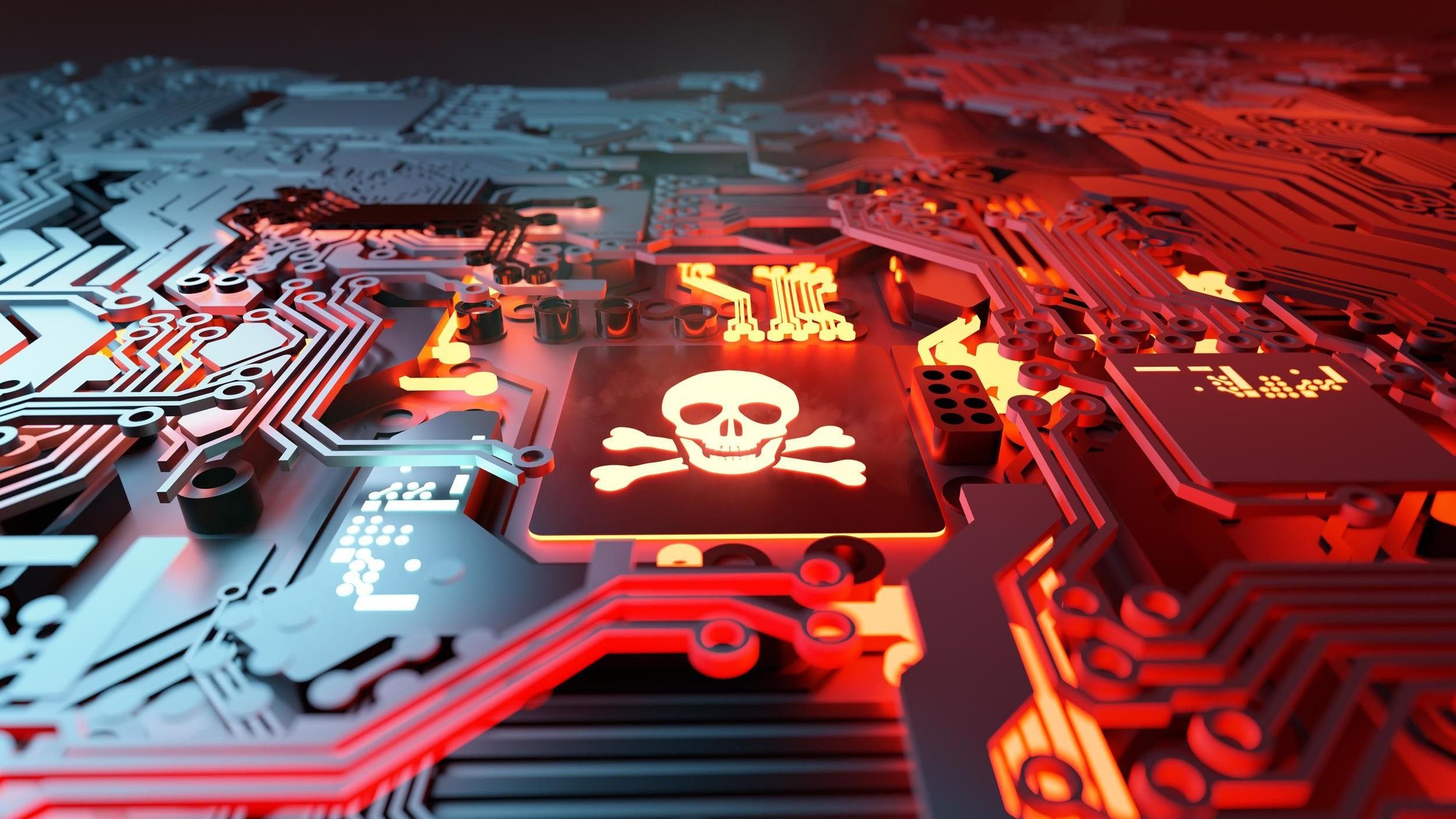In the ever-evolving digital battleground, the Southeast Asia region is at a critical inflection point. A new wave of threats is sweeping across governments, businesses, and everyday users, fueled not just by human intent, but increasingly, by the rapid digitalization of every facet of life, artificial intelligence and quantum computing.
Kaspersky’s Cyber Security Weekend, held on 5 Aug 2025 unveiled that the threat landscape is not only expanding, it is accelerating. Southeast Asia, despite its tech-savvy ambitions, is at the epicenter of this cyber storm.
IT Meets OT: The Merging of Digital and Industrial Risk
Perhaps the most quietly dangerous trend in APAC is the convergence of Information Technology (IT) and Operational Technology (OT), from manufacturing plants to power grids. As factories become smarter and supply chains digitize, the once-isolated OT systems are now part of the internet-connected world.
This opens the door to hybrid cyber-physical threats, where an attack doesn’t just steal data, it potentially halts production, cause physical damage, or even endanger lives.
Key subregions in Industrial Control Systems (ICS)computers in APAC continue to face a barrage of cyberattacks. In the first quarter of 2025, Southeast Asia is second, Central Asia is third, and South Asia is sixth place in the global ranking by percentage of ICS computers on which malicious objects were blocked, according to Adrian Hia, Managing Director for Asia Pacific at Kaspersky.
Smart Security Operations Centers (SOCs) that leverage AI and real-time analytics to monitor, respond, and adapt to these complex new threats are critical. Adrian Hia further shared, “When incidents occur, response becomes critical. Every minute equates to dollars lost. organisations in Southeast Asia are increasingly relying on expert services such as incident response, vulnerability assessments, penetration testing, and cyber drills to minimize damage and recover quickly. To truly protect the IT and OT merge, all of these layers should be tied together through a centralized and intelligence-based Security Operations Center (SOC) integrated with SIEM and real-time threat intelligence. These systems provide real-time visibility and coordination, enabling security teams to monitor threats across the entire IT and OT environment,”
CISOs across Southeast Asia now stand on the edge of a tectonic shift. Dark AI and Quantum Computing are converging to rewrite the rules of trust, confidentiality, and digital resilience. Dark AI is already here. Deepfakes can already fool CFOs into transferring millions of dollars, AI-powered scams can already scale to millions of targets, malicious models without guardrails are sold on the dark web. Conversely quantum computing is the slow-moving giant as this technology is still maturing, but it could one day shred the encryption underpinning our global economy.
Individually, each threat is disruptive. Together, they are a litmus test that demands leadership’s foresight, speed, and board-level attention.
Dark AI is The Criminal’s New Favourite Tool
In 2025, Southeast Asia has become a hotbed for AI-enabled scams. Sophisticated “pig-butchering” investment frauds, voice-cloned calls from “CEOs” authorising urgent fund transfers, and social engineering powered by large language models are no longer theoretical. This matters to CISOs because:
Generative AI can craft thousands of personalised phishing emails per minute.
Voice/video deepfakes bypass human suspicion and, increasingly, voice-verification systems.
Staff feeding sensitive details into public AI tools can inadvertently gift adversaries with insider knowledge.
Forensic tools to spot synthetic content often trail the sophistication of the latest AI models.
Quantum Computing Clock Is Ticking
Although quantum computing is still in its early days, the strategic risk is crystal clear. Once a sufficiently powerful quantum computer exists, it could break RSA and ECC encryption in hours, potentially unlocking decades’ worth of encrypted communications. This matters to CISOs because:
Adversaries may already be storing encrypted data for future quantum decryption.
Sensitive corporate, personal, or national data intended to remain secret for decades is at risk.
Singapore, Japan, and other markets are signaling post-quantum readiness expectations.
Quantum simulation may hand early adopters a decisive edge in R&D-heavy industries.
The High Stakes of Inaction for Southeast Asian organizations
It is clear that Southeast Asia’s rapid digital growth, which is its crown jewel, is also its Achilles’ heel. From the rapid convergence of IT-OT, weaponization of AI to the quantum leap in computing power, every innovation creates new vulnerabilities.
The question isn’t whether these risks will materialise. It is whether your organisation will be ready when they do. Cybersecurity is no longer simply a matter of firewalls and passwords. It’s about resilience, readiness, and responsibility. Reactive leadership is inadequate. Those who integrate smart SOCs, AI threat governance and quantum migration planning into today’s budgets, training, and vendor contracts will be the ones whose organisations survive and even thrive in the turbulence ahead.

No Responses